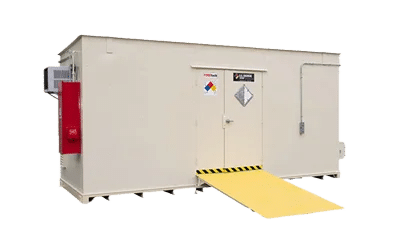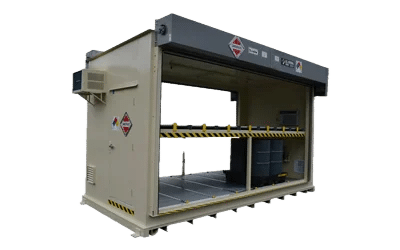Explosion Relief Panels
As a rule, a buildup of vapors from Class 1A and 1B Flammables brings the risk of an explosion. If the internal gas pressure of a building rises to 20 psf, the explosion relief panel quickly opens to release the heat and gas outside. Our panels help minimize risks of explosions and can be added to both fire-rated and non-fire-rated buildings. They are available in bottom or top hinged.
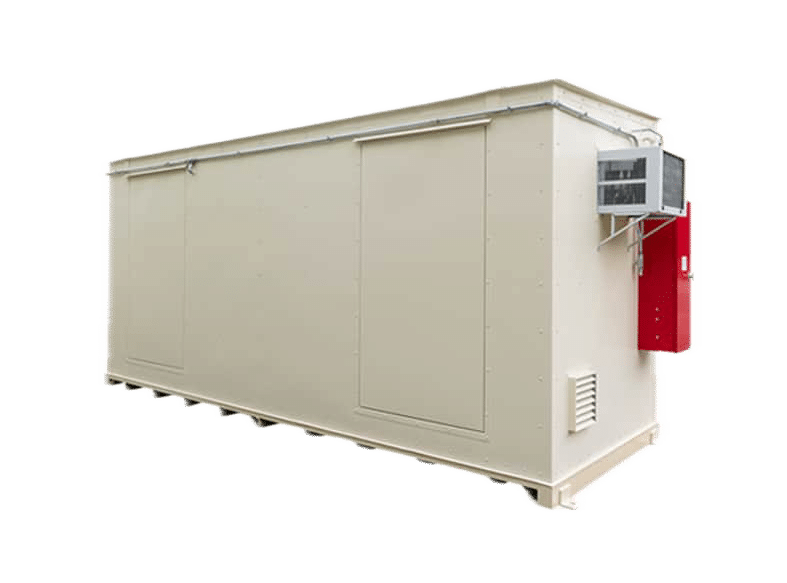
Storage building with explosion relief panels
Types of Explosion Relief Panels
We provide panels (ERPs) for explosion (deflagrating) venting. The size of these panels and their release pressure are designed based on the dimension of the building, the International Fire Code, and FM 6049 Table C-1.
ERPs are available in an assortment of sizes. Additionally, “blast shafts” are available to direct deflagration relief events.
Features & Benefits
- FM-Approved release fasteners
- Made in USA
- Blast shaft options available
- Extremely durable
- ERPs are sized per the FM6049 standard
Common Applications
- Hazardous Waste Storage
- Flammable and Combustible Storage
- Paint and solvent Storage
Downloadable Information & Fact Sheets
- Drawing: 2-Hour Bi-Direction Fire Rated Building (FL6115)
- Design Your Explosive Storage Magazine
- Warranty on Building & Accessories
- Buy or Build Chemical Storage Brochure
- Infographic: Choosing a Chemical Storage Building
- FireLoc 1-page Sheet
Compliance & Approvals
At U.S. Chemical Storage we strive to give you the best solution for your operations. This building and its accompanying accessories can be engineered to meet the following approvals and certifications based upon your unique set of needs.
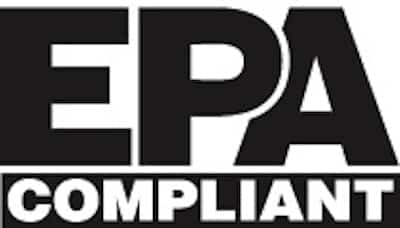
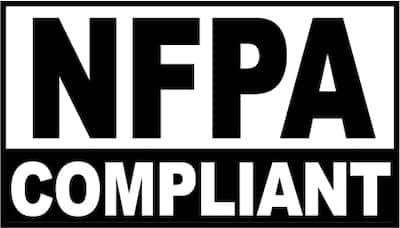
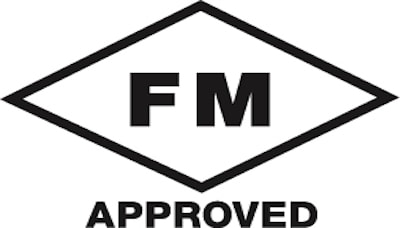
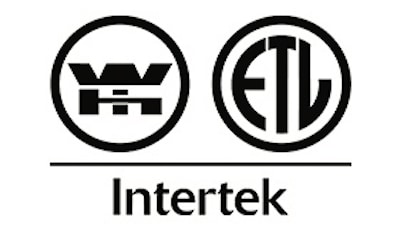
Frequently Asked Questions
First consult the Safety Data Sheet (SDS) to determine the type of chemical you’re storing and any storage requirements listed. There are two main classifications of buildings to consider: fire-rated and non-fire-rated steel buildings.
There are three main questions you should answer before engineering or design can begin on your building: what is to be stored, how much of it is being stored, and where is the location it will be stored? You will also need to consult with your local “Authority Having Jurisdiction” (AHJ) or local code expert to determine your area’s specific storage building requirements.
Our team at U.S. Chemical Storage has a wealth of knowledge, experience, and resources to help analyze your storage needs, but the final approval is made by the local AHJ, so you will need to ultimately ask them about your requirements early in the planning process.
The definition of a “sump” is a pit or reservoir providing containment for spilled liquids. U.S. Chemical Storage offers leak-proof spill containment sumps in each standard model. All our sumps are tested for leaks for a 24-hour period prior to finishing. The sump is then covered by a steel or fiberglass floor grating and can even be equipped with a resistant plastic sump liner to protect against corrosive chemical accidental spills. The size of the sump is dictated by code based on the volume of liquid being stored within the building.
Building size is determined by the amount of hazardous material you are planning to store, the need for occupancy or inspection around these materials, and must take into consideration the most efficient way of moving these materials into and out of your chemical storage building.
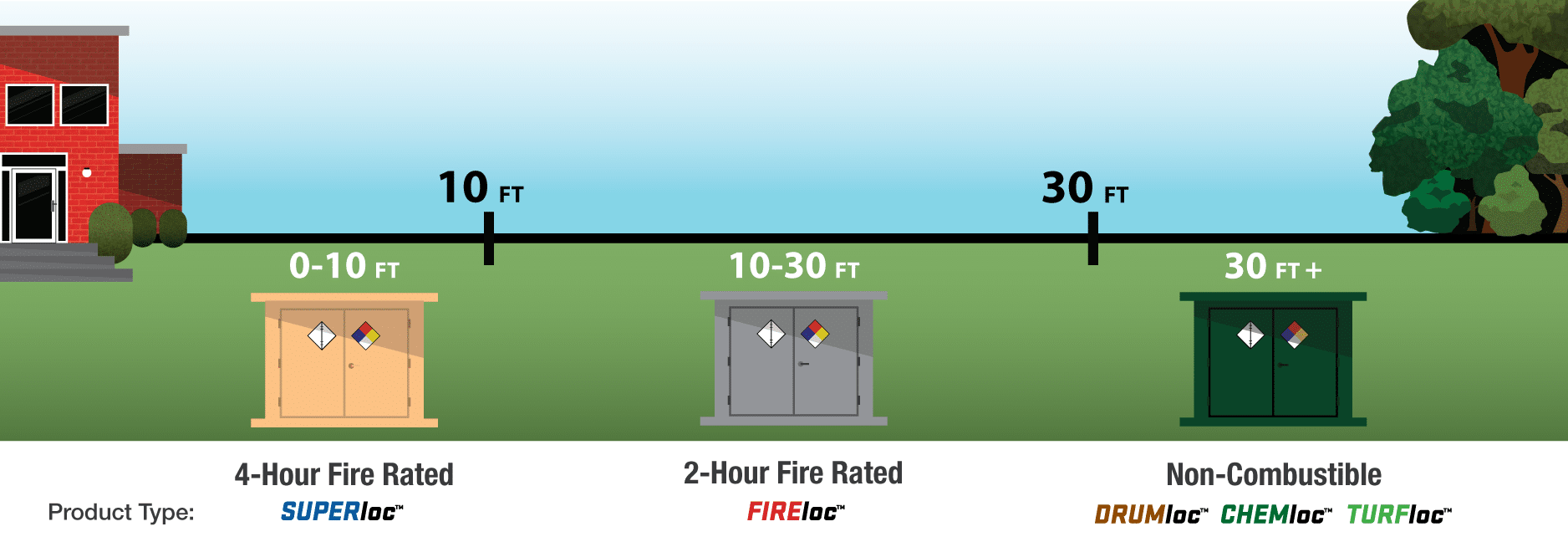
Request a Quote
OTHER TYPES OF OUTDOOR ACCESSORIES
Access Ramps
Access ramps are available with all buildings to allow for convenience when loading or unloading chemicals.
Chemical Storage Building Doors
Doors are the first line of defense when protecting your chemical assets and preventing accidents; we offer a variety of door systems.
RELATED ARTICLES
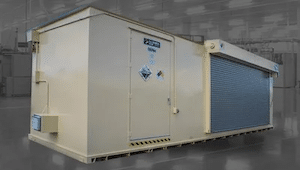
How To Store Lithium Batteries
Lithium batteries are often used in today’s electronic environments.
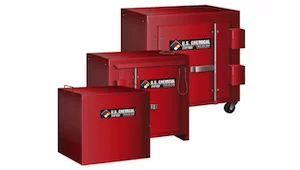
Explosive Storage Magazines
Prevent accidents by storing your high and low explosives properly.
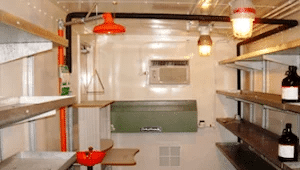
Pharma Hazmat Storage
This manufacturing process needed a compliant 90 day storage solution.


